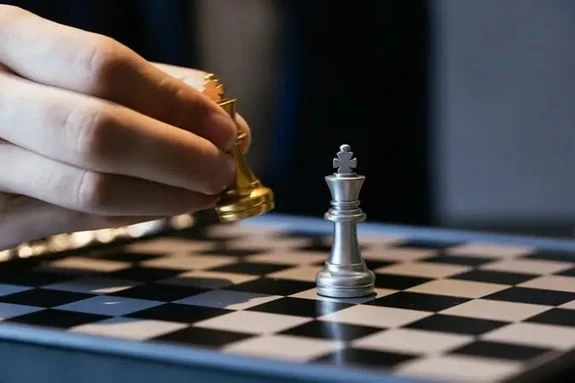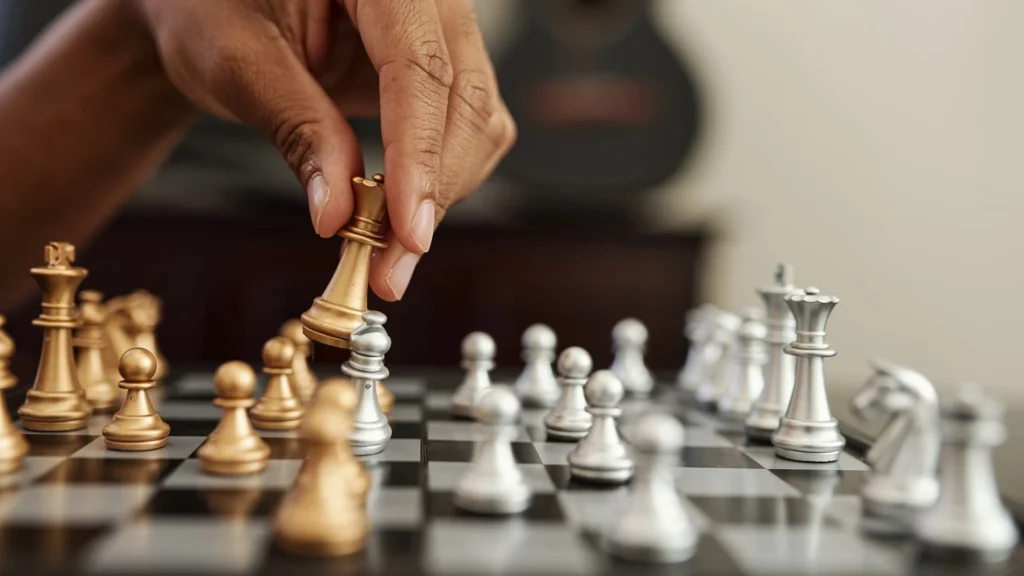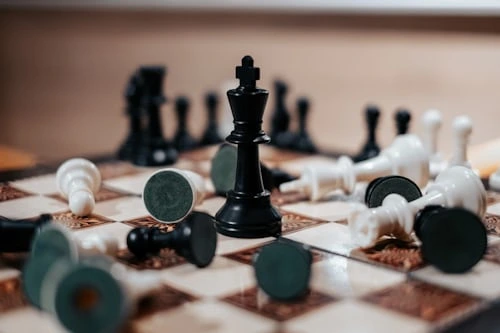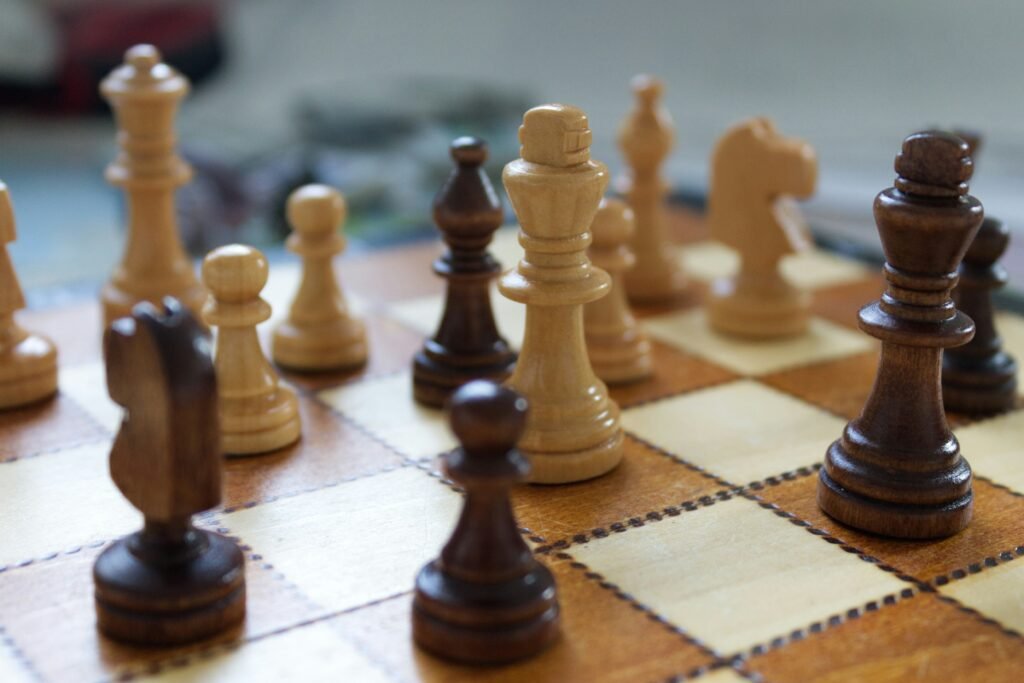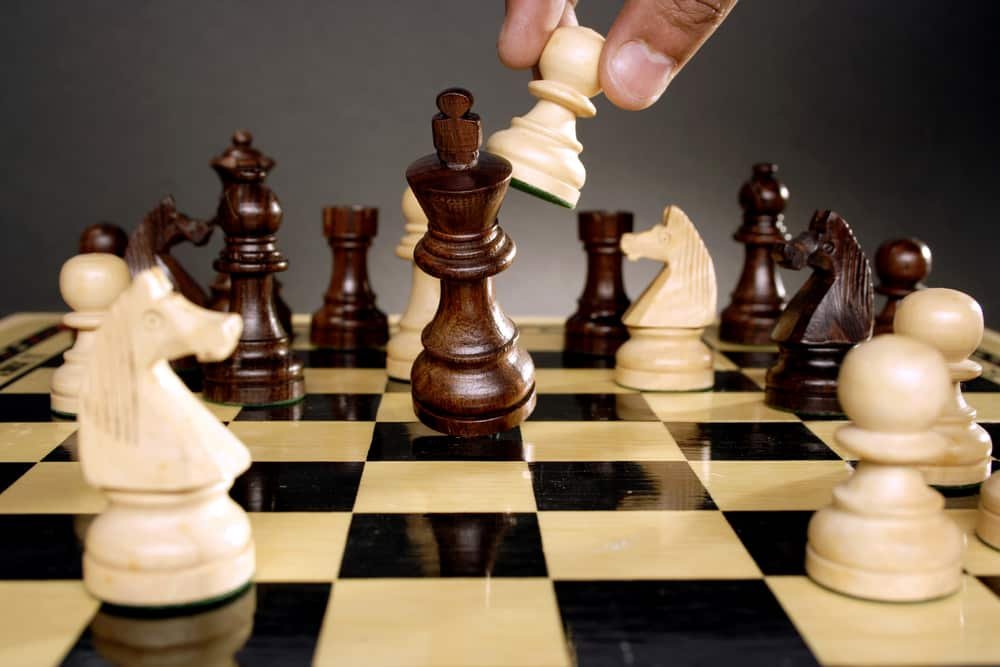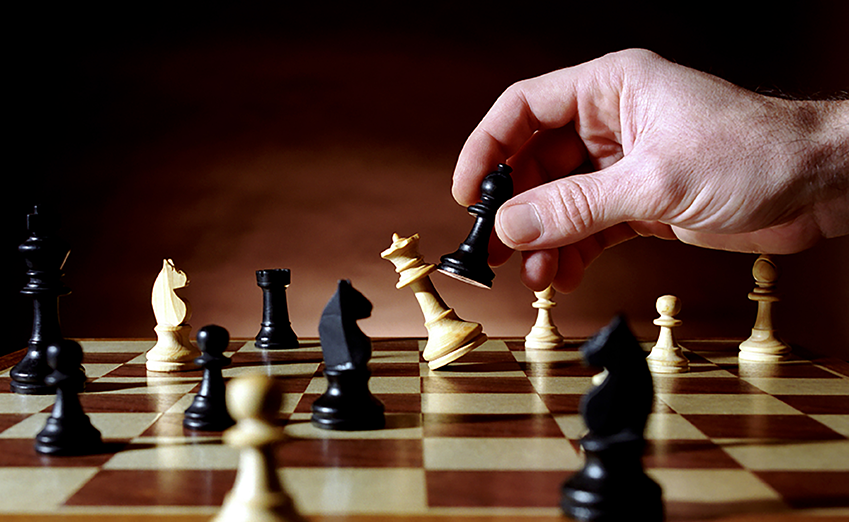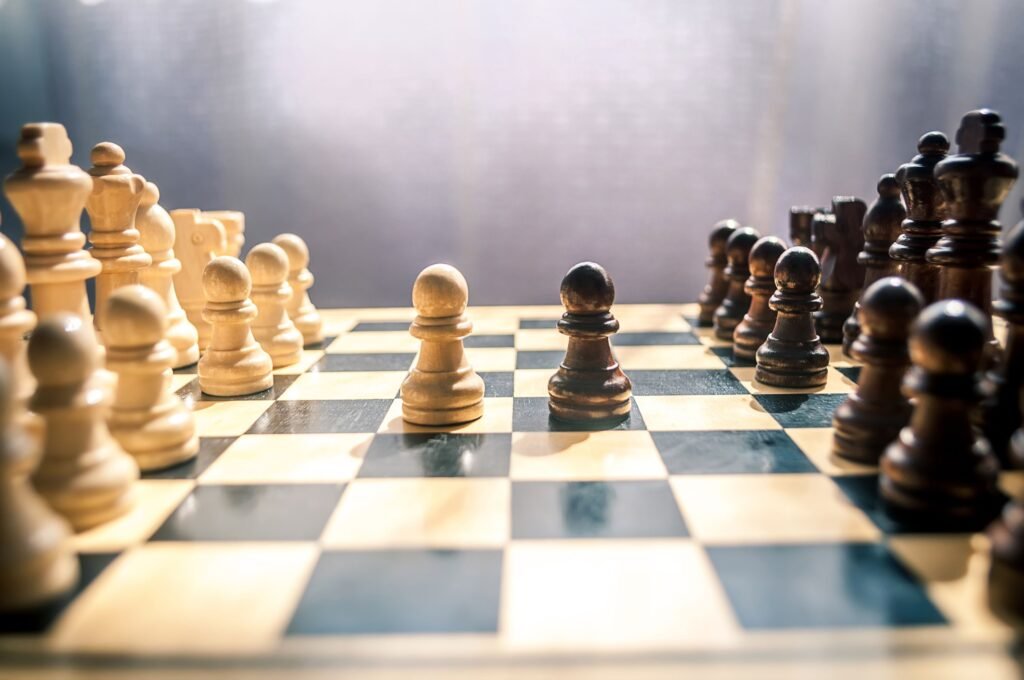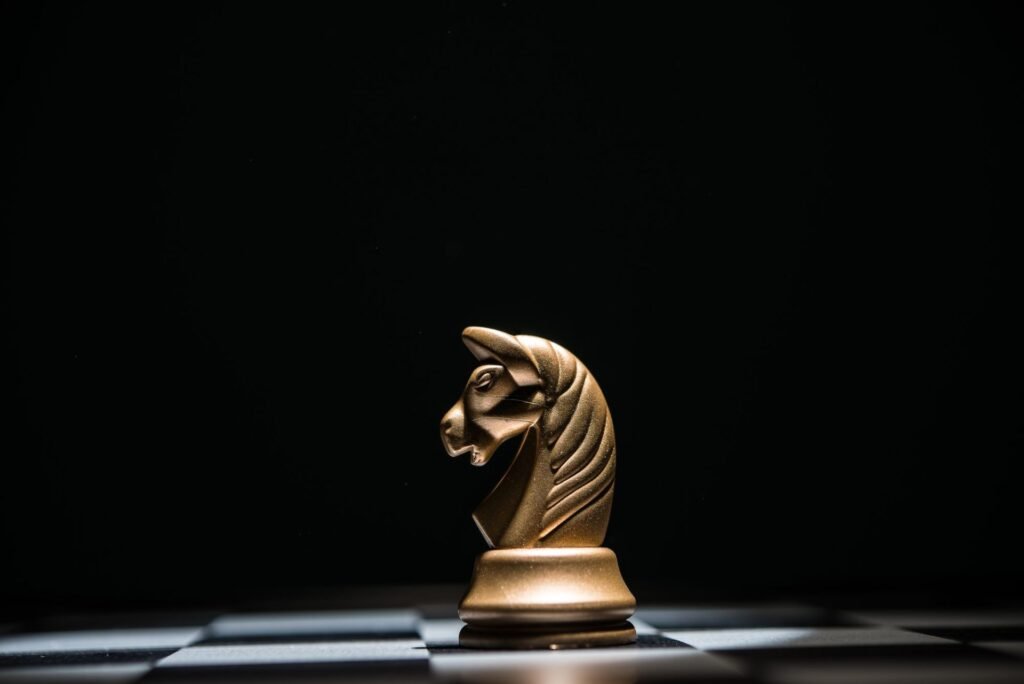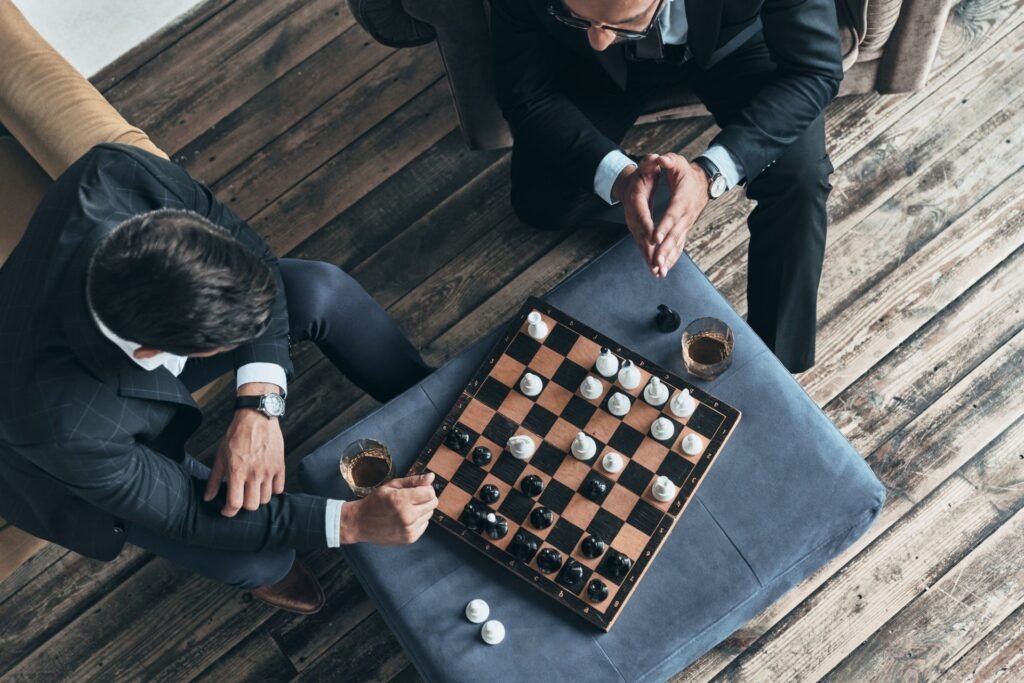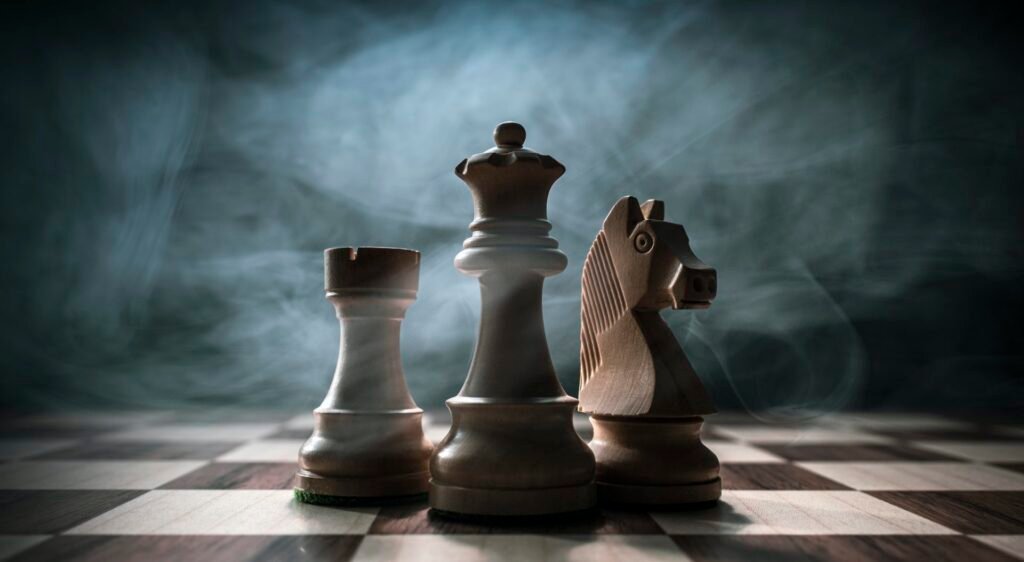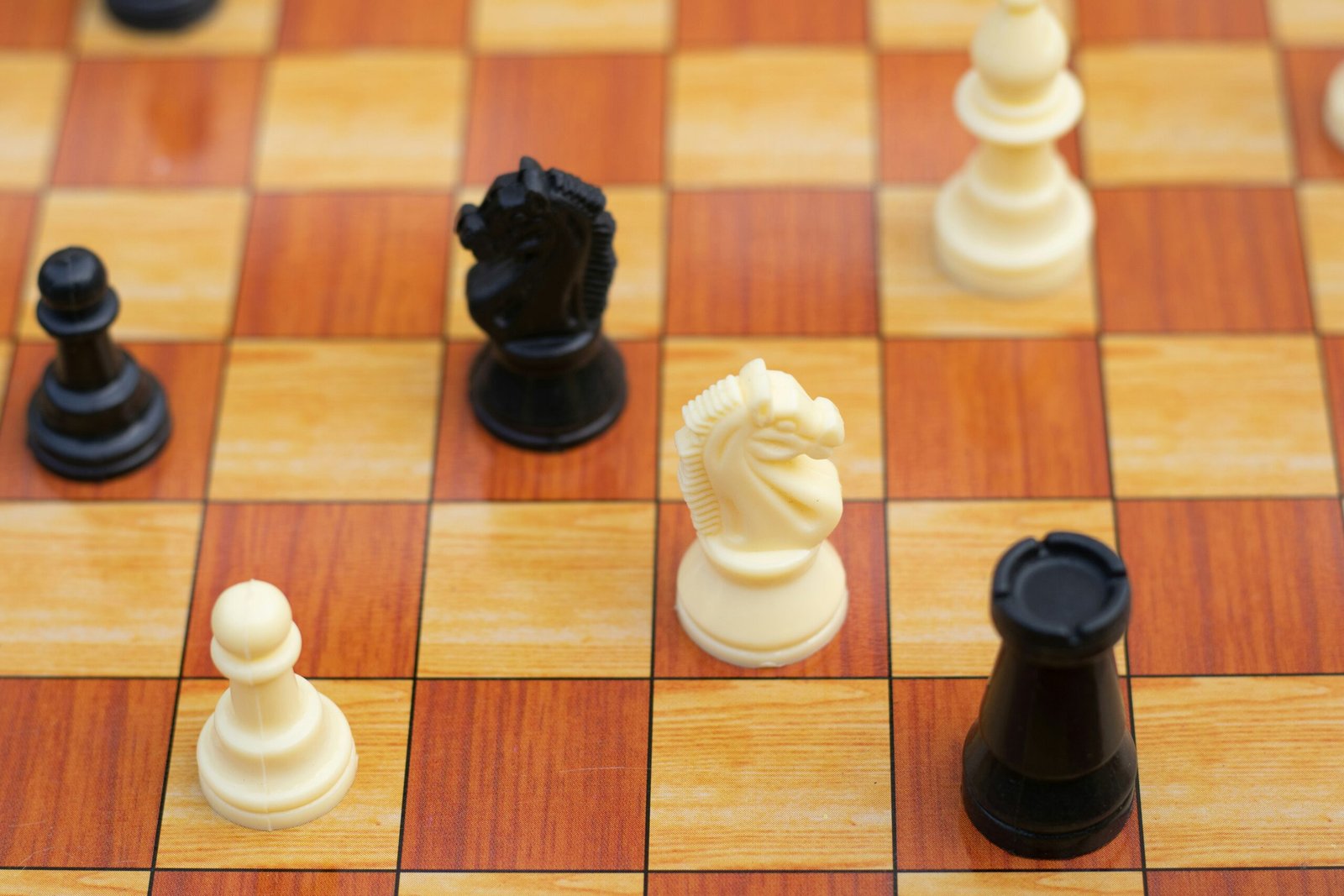
What is a Stalemate ?
Chess, often called the game of kings, is a battlefield of strategy, foresight, and intellect. Every player dreams of cornering the opponent’s king and delivering a checkmate, ending the game in a glorious victory.
But what happens when neither side can achieve victory, and the game comes to a surprising and quiet halt? This is where the concept of a stalemate comes into play. Understanding stalemate is crucial not only for beginners but also for advanced players aiming to refine their endgame strategies.
Stalemate meaning
A stalemate in chess is a situation in which a player is not in check but has no legal moves left to make. When a stalemate occurs, the game immediately ends in a draw, regardless of the material advantage one player may hold. This means that even if one player has a significant advantage in pieces, they cannot win the game if they accidentally create a stalemate.
Unlike checkmate, where the opponent’s king is under direct threat and cannot escape capture, a stalemate results from a position where the king is safe but completely blocked from moving anywhere legally.
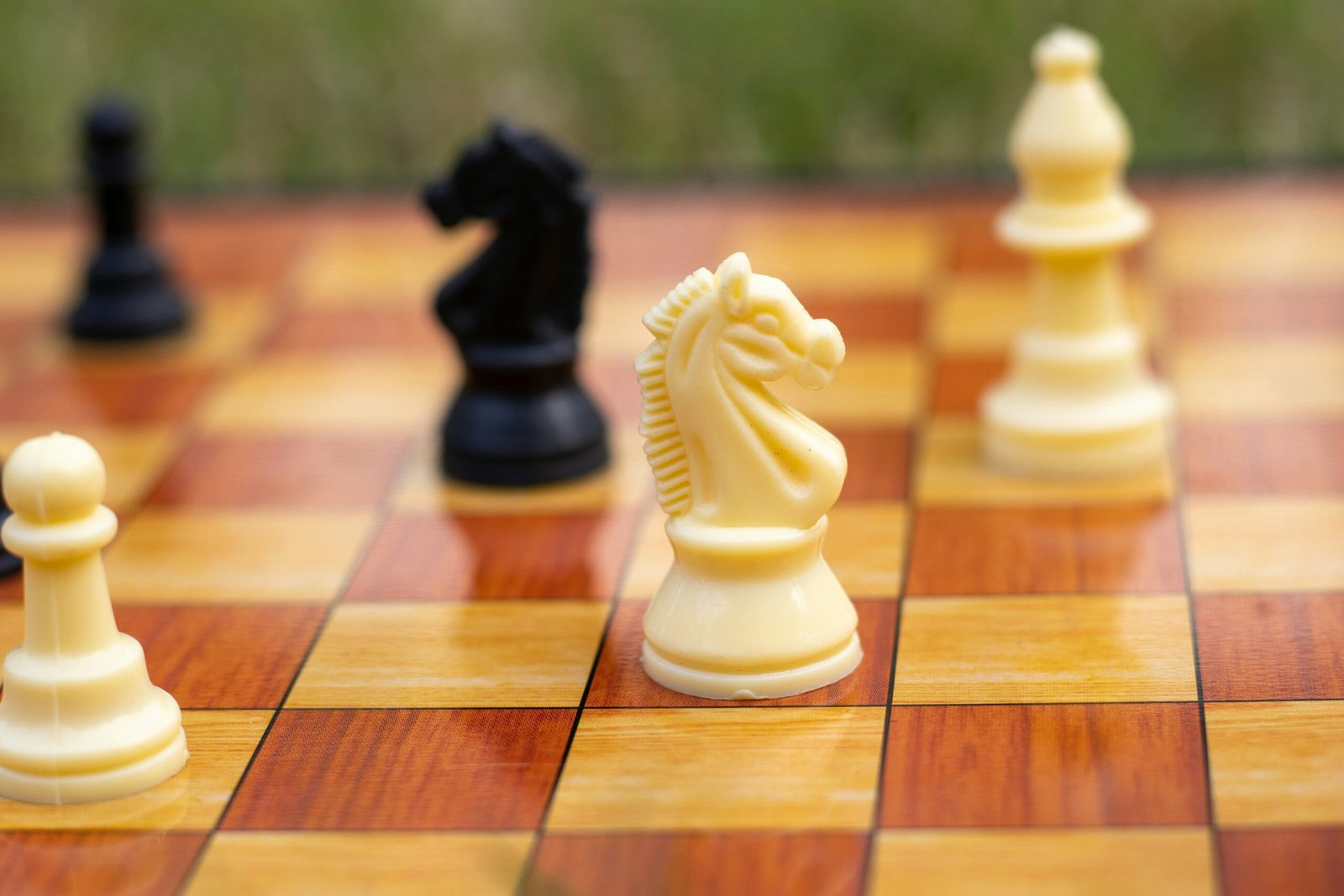
Key Characteristics of a Stalemate:
- King is not in check: If the king is in check and cannot move, that is checkmate, not stalemate.
- No legal moves available: Every possible move the player could make would either place their own king in check or be impossible.
- Immediate draw: The game ends instantly, regardless of material advantage or prior moves.
How Stalemate Happens
Stalemates often occur in the endgame, when there are fewer pieces on the board. However, they can occasionally arise in the middlegame as well. Several common patterns lead to stalemate:
1. King Cornered With No Escape
The most classic scenario involves a king trapped in a corner, usually by a queen or rook, with no legal moves left. For example:
The king is on h8, a rook is on f7, and a queen is on g6. If the player controlling the king has no other pieces and it’s their turn, the king has no legal move but is not in check. This is a stalemate.
2. Material Imbalance
Sometimes, a player with a large material disadvantage can force a stalemate. Even when losing badly, clever players can maneuver their pieces to create a position where their king is safe but has no moves left, turning a certain loss into a draw.
3. Pawn Stalemates
A common trick involves pawns reaching a promotion square or blocking movement in a way that the opposing king cannot move, but is also not under attack. This can create a stalemate scenario that surprises many beginners.
4. Accidental Stalemate
Even experienced players can accidentally stalemate their opponent. For instance, when trying to corner a king with a queen or rook, a hasty move might leave the opponent with no legal moves but not in check.
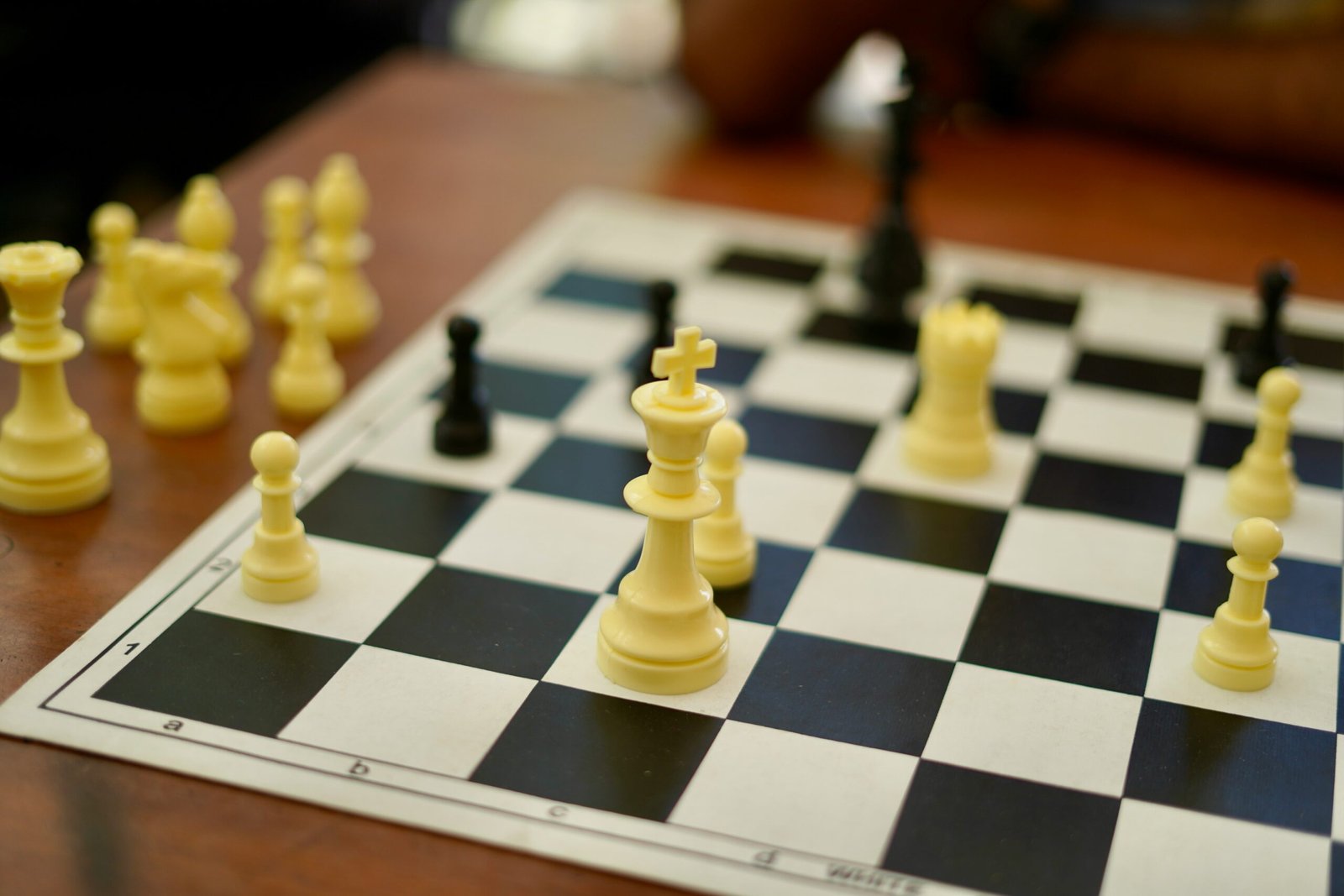
Examples of Stalemate
Understanding stalemate becomes easier when visualised. Here are a few illustrative examples:
Example 1: King vs. King and Queen
Imagine a situation where one player has only the king left, and the opponent has a king and queen. If the player with the queen is careless and positions their queen to deliver “mate next move,” but instead blocks all the escape squares of the opposing king without putting it in check, the game ends in a stalemate.
Example 2: Rook and King vs. King
A similar scenario arises when a rook is used for endgame checkmates. If the rook accidentally covers the last escape square of the opposing king while not delivering check, the defending side achieves a stalemate.
Example 3: Pawn Stalemate
Pawn promotion can also lead to a stalemate. For instance, if a pawn reaches the promotion rank and the player promotes it, but this promotion causes the opponent to have no legal moves without being in check, it results in a stalemate.
Why Stalemate Matters
Stalemate is one of the most fascinating aspects of chess for several reasons:
1. It Gives the Losing Player a Chance
Even in a completely lost position, a player can sometimes maneuver into a stalemate, salvaging a draw. This is why stalemate is sometimes called a saving grace for the weaker side.
2. Strategic Endgame Tool
Advanced players often use stalemate deliberately in endgames. Knowing the patterns and setups that can lead to deadlock allows players to defend seemingly lost positions effectively.
3. Teaches Patience and Precision
Avoiding accidental stalemate while trying to checkmate an opponent requires careful calculation. Many beginner players mistakenly stalemate an opponent and lose what could have been an easy victory. This encourages patience, foresight, and precise execution.
4. Adds Excitement and Uncertainty
Chess isn’t always about dominating with material advantage. Stalemate introduces a level of drama and unpredictability, reminding players that the game isn’t over until the last move is made.
How to Avoid Stalemate
If you are winning and want to convert an advantage into a checkmate, avoiding stalemate is crucial. Here are practical tips:
- Control the Escape Squares: Always ensure the opponent’s king has at least one legal move until you are ready to deliver checkmate.
- Use the King and Queen Coordination: Avoid moving your queen too close to the enemy king too early; it might block escape squares unintentionally.
- Be Careful With Pawns: Advancing pawns recklessly can corner the opponent’s king and create a stalemate.
- Double-Check Before Each Move: Ask yourself, “Does this move leave the opponent with no legal moves without being in check?” If yes, reconsider.
Free Demo Class for Kids
Let your child explore 60-minute free interactive session with FIDE Rated coaches.
Enroll HereFamous Stalemate Games in History
Stalemates have occurred in many legendary chess games. Here are a few noteworthy examples:
Karpov vs. Kasparov (1985 World Championship)
In this famous match, stalemates were used strategically to secure draws in positions where a loss seemed inevitable.
Capablanca vs. Tartakower (1924)
José Capablanca, a former World Champion, lost a potential winning position due to an accidental stalemate. This is often cited in chess literature as a lesson for endgame awareness.
Tal vs. Botvinnik (1960 World Championship)
Mikhail Tal’s aggressive style sometimes led to stalemate situations where his brilliant attacks failed to deliver checkmate, demonstrating the fine line between attack and stalemate.
Common Stalemate Patterns to Recognise
Recognising stalemate patterns can help both beginners and advanced players:
- King in the Corner: Usually trapped on h1, a1, h8, or a8.
- Pawn Blocking Escape: Opponent’s pawns restrict the king’s movement.
- King with Minimal Pieces: Only the king is left with no other legal moves.
- Rook or Queen Overextension: Moving your queen or rook too close, leaving the opponent with no legal moves but safe from check.
By learning these patterns, players can both exploit stalemate opportunities and avoid accidental stalemates themselves.
Stalemate in Chess Variants
Stalemate is not just restricted to classical chess. It exists in many chess variants, though the rules may slightly differ:
- Fischer Random Chess (Chess960): Stalemate rules remain the same as standard chess.
- Bughouse Chess: Stalemates occur, but since players can drop captured pieces, strategic considerations differ.
- Three-Check Chess: Stalemate is less impactful since check count often determines victory.
Understanding stalemate across variants can give players an edge in these less conventional formats.
Teaching Stalemate to Beginners
For beginners, stalemate can be confusing. Here’s how to teach it effectively:
- Use Visual Demonstrations: Show examples on the board with minimal pieces.
- Explain the Difference from Checkmate: Make sure learners understand that the king is safe in a stalemate, but trapped.
- Practice Endgames: Use exercises where stalemate can occur with a king and rook or king and queen to solidify understanding.
- Encourage Thoughtfulness: Ask beginners always to ask, “Can my opponent move legally?” This reinforces awareness of stalemate possibilities.
Free Demo Class for Kids
Let your child explore 60-minute free interactive session with FIDE Rated coaches.
Enroll HereConclusion
Stalemate is a unique and intriguing concept in chess, offering both opportunity and caution. While it can frustrate players who are close to winning, it also provides a lifeline for those in a losing position. Mastering the art of avoiding accidental stalemate and recognising potential stalemate traps can significantly improve your endgame strategy.
In essence, stalemate is a testament to the depth and beauty of chess. It reminds players that victory is not just about capturing pieces but also about precise planning, foresight, and understanding the full potential of the board. By studying stalemate patterns, learning to capitalise on them, and avoiding them in winning positions, you become a more complete chess player, one who respects the quiet power of a draw.
Chess is not only about checkmate; sometimes, the stalemate teaches the greatest lessons.
FAQ
A stalemate in chess happens when the player whose turn it is has no legal moves and their king is not in check. When this occurs, the game ends in a draw, meaning neither player wins.
A stalemate in war occurs when neither side can achieve a decisive victory or make significant progress despite continued fighting. In a stalemate, both armies are often locked in a deadlock, where any offensive move risks heavy losses without gaining ground.
This situation can arise due to factors such as:
- Equal military strength between opposing sides
- Defensive advantages like fortified positions or rugged terrain
- Exhaustion of resources or low morale
- Strategic or political constraints are preventing significant action
A stalemate is triggered when a player has no legal moves left and their king is not in check. In this situation, the game ends in a draw, meaning neither player wins.
Common situations that trigger a stalemate:
King has no safe squares:
The king cannot move anywhere without moving into check.
Example: The king is trapped in a corner by the opponent’s pieces but is not currently in check.Other pieces cannot move:
All of a player’s remaining pieces are blocked or pinned, leaving no legal move available.Opponent fails to checkmate properly:
Sometimes, the player with a big advantage pushes the opponent’s king into a corner without realizing that further moves will create a stalemate instead of a checkmate.
In chess, breaking a stalemate means avoiding or preventing a position where your opponent has no legal moves but is not in check, which would end the game in a draw. While a stalemate can’t be “broken” once it happens, you can take steps to prevent it before it occurs.
Tips to avoid or break a stalemate:
- Always leave your opponent legal moves: When you’re ahead, make sure your opponent’s king (or other pieces) still has at least one safe move. Don’t trap the king completely unless it’s part of a checkmate.
- Use your king and pawns wisely: Push pawns carefully in the endgame — advancing too quickly can block your opponent’s options and cause a stalemate.
- Check for forced checkmates instead of traps: Before playing a move, look for checkmate patterns rather than moves that just corner the opponent’s king.
- Give your opponent space: Sometimes it’s better to make a quiet waiting move instead of forcing your opponent into a no-move situation.
- In a drawn position, try to imbalance the game: If you’re the one stuck in a stalemate-like situation (no progress), you can sacrifice material or open the position to create new possibilities.
Avoiding a stalemate is an important skill, especially when you’re winning. A stalemate happens when your opponent has no legal moves but their king is not in check, resulting in a draw instead of a win.
Here’s how you can avoid stalemate in chess:
Always check your opponent’s possible moves:
Before making your move, look at whether your opponent’s king (and other pieces) still have legal moves available. If they don’t — and you’re not delivering checkmate — your move might cause a stalemate.Don’t rush to corner the king:
When you have a big material advantage, take your time. Use your pieces methodically to deliver a checkmate rather than pushing the opponent’s king into a corner too early.Use your king and pawns carefully:
In endgames, avoid pushing pawns in a way that blocks your opponent’s pieces from moving. This can accidentally trap them and cause a stalemate.Keep the opponent’s king in check (when possible):
Giving regular checks keeps the king moving and reduces the risk of accidentally locking it in a stalemate position.Watch out for lone kings:
When your opponent only has a king left, it’s easy to force a stalemate by mistake. Always visualize the opponent’s legal king moves before each move.Learn common stalemate patterns:
Study typical stalemate positions (like a king trapped in a corner or blocked by pawns) so you can recognize and avoid them during play.
A stalemate is a rule in chess (and similar strategy games) that results in a draw.
To avoid a stalemate in chess, focus on delivering checks, keeping your opponent in legal moves, and mastering basic checkmating patterns.
Also Read
- admin2
- Blog
- December 12, 2025
- Comments Off on French Defense
French Defense
- admin2
- Blog
- December 7, 2025
- Comments Off on Sicilian Defense
Sicilian Defense
- admin2
- Blog
- November 28, 2025
- Comments Off on Difference between Stalemate and Checkmate
Difference between Stalemate and Checkmate
- admin2
- Blog
- November 20, 2025
- Comments Off on Ruy Lopez Opening
Ruy Lopez Opening
- admin2
- Blog
- November 14, 2025
- Comments Off on Fool’s Mate
Fool’s Mate
- admin2
- Blog
- November 8, 2025
- Comments Off on Scholar mate
Scholar mate
- admin2
- Blog
- October 22, 2025
- Comments Off on What is a Stalemate ?
What is a Stalemate ?
- admin2
- Blog
- October 14, 2025
- Comments Off on Can a King Checkmate a King ?
Can a King Checkmate a King ?
- admin2
- Blog
- October 7, 2025
- Comments Off on Best Opening For Black
Best Opening For Black
- admin2
- Blog
- October 4, 2025
- Comments Off on How to checkmate with queen and king
How to checkmate with queen and king
- admin2
- Blog
- September 26, 2025
- Comments Off on Online Chess vs Board Chess
Online Chess vs Board Chess
- admin2
- Blog
- September 24, 2025
- Comments Off on How to Checkmate in 4 Moves
How to Checkmate in 4 Moves
- admin2
- Blog
- September 18, 2025
- Comments Off on Benefits of Playing Chess
Benefits of Playing Chess
- admin2
- Blog
- September 8, 2025
- Comments Off on Best Chess Coaching in india
Best Chess Coaching in india
- admin2
- Blog
- August 25, 2025
- Comments Off on Rapid chess vs blitz chess
Rapid chess vs blitz chess
- admin2
- Blog
- August 21, 2025
- Comments Off on Rapid Chess vs Classic Chess
Rapid Chess vs Classic Chess
- admin2
- Blog
- August 12, 2025
- Comments Off on 7 Brain Boosting Benefits Of Chess
7 Brain Boosting Benefits Of Chess
- admin2
- Blog
- August 4, 2025
- Comments Off on Top 10 Chess Openings for Beginners
Top 10 Chess Openings for Beginners
- admin2
- Blog
- July 11, 2025
- Comments Off on Top 10 Reasons Kids Should Learn Chess
Top 10 Reasons Kids Should Learn Chess
- admin2
- Blog
- July 10, 2025
- Comments Off on Inspirational Story Of Indian Chess Grandmaster Gukesh Dommaraju
Inspirational Story Of Indian Chess Grandmaster Gukesh Dommaraju
- admin2
- Blog, Chess Tips
- July 8, 2025
- Comments Off on 7 Brain Benefits Of Playing Chess
7 Brain Benefits Of Playing Chess
- admin2
- Blog, Our blog
- May 13, 2025
- Comments Off on
- admin2
- Blog
- May 7, 2025
- Comments Off on Patterns in Chess
Patterns in Chess
- admin2
- Blog
- May 7, 2025
- Comments Off on Why Venture Chess Academy ?



